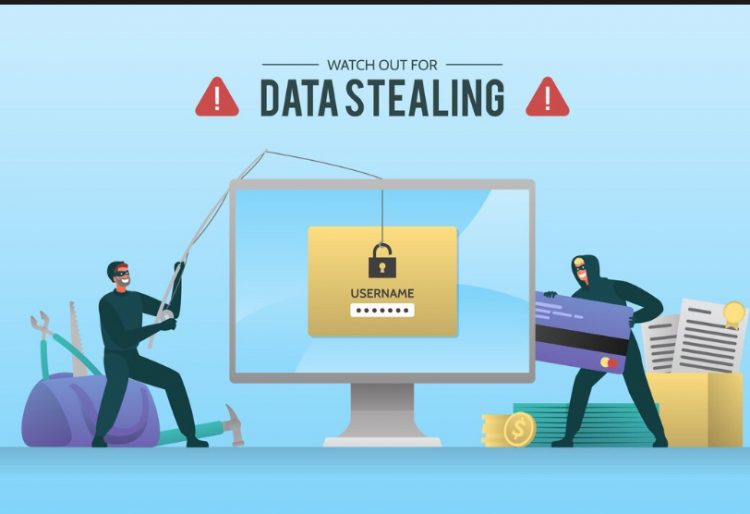For years, organizations have tried to draw a digital fence around their data. Firewalls, encryption, and Data Loss Prevention were designed to keep sensitive information contained. But in today’s workplace, those fences don’t hold up. Data no longer sits neatly in a single database or shared drive. Instead, it moves constantly—copied into slides, shared across SaaS apps, embedded in AI prompts, and transferred between devices.
This fragmentation has made protecting data harder than ever, and it’s forcing security leaders to rethink what true resilience looks like.
The Shift From Static to Dynamic Data
In the past, sensitive content could be monitored through simple scans and labels. But as collaboration has become more fluid, so has the data itself. Information is now derivative: a snippet copied into a chat, a screenshot shared in a messaging app, or a summary generated by an AI assistant.
Traditional tools struggle in this environment because they were built for files and structured records. They can’t account for how data evolves once it leaves its original container.
Why Context Matters More Than Content
Legacy security solutions often focus only on the content of files—scanning for certain keywords, patterns, or formats. While this can identify risks, it misses the bigger picture: how the data is being used.
Context is what reveals intent. Was the file downloaded from a customer database? Was it then pasted into an email to a personal address? Or was it used in a sanctioned AI tool to draft a report? Without context, it’s nearly impossible to distinguish between routine work and a risky action.
Smarter Ways to Detect and Respond
Modern security frameworks are starting to emphasize data lineage—the ability to trace the journey of information from creation through every movement, transformation, and interaction. This approach does two things that legacy tools can’t:
- Maintains visibility even as data changes – Whether text becomes an image or is summarized by AI, the lineage still shows where it originated.
- Reduces false positives – By understanding intent and history, security teams can filter out noise and focus on true risks.
The result is a smarter, less disruptive way to protect data without burdening users or overwhelming analysts.
Preparing for an AI-Driven Future
The rise of generative AI has accelerated the urgency of this shift. Employees now rely on AI systems to brainstorm, summarize, and analyze data. This creates new opportunities for productivity—but also new avenues for leakage. Sensitive information can leave corporate environments in seconds if protections aren’t designed for these modern workflows.
Security strategies need to evolve alongside AI adoption, enabling visibility and control without slowing innovation.
Conclusion: Time to Rethink DLP
The idea of guarding data with static walls no longer works. What’s needed today is a way to follow data wherever it goes, understand its context, and respond quickly when something looks risky. In other words, DLP must be reimagined for a world where data is always on the move.
Organizations that embrace this evolution won’t just protect their information better—they’ll also empower their teams to work faster, smarter, and more securely in the age of AI.









